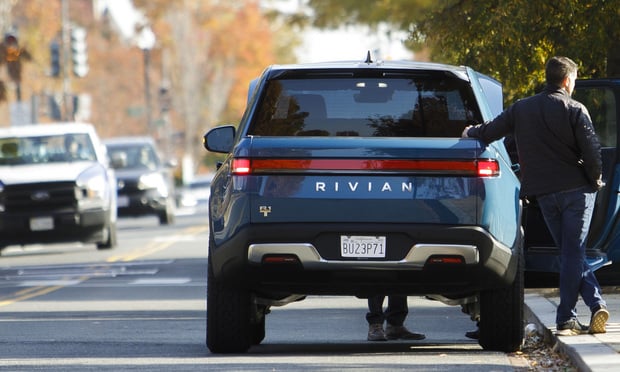 Tesla vehicles continue to make up the lion's share of EV repair claims. This can be correlated to the carmaker being the dominant player in the U.S. EV market, accounting for 62.4% of the sector's sales as of Q1 2023. (Credit: Diego M. Radzinschi/ALM)
Tesla vehicles continue to make up the lion's share of EV repair claims. This can be correlated to the carmaker being the dominant player in the U.S. EV market, accounting for 62.4% of the sector's sales as of Q1 2023. (Credit: Diego M. Radzinschi/ALM)
The U.S. saw record-breaking electric vehicle sales during the first quarter of 2023, with more than 250,000 vehicles sold, accounting for 7.2% of new car sales. While sales of EVs were growing, their repairable claims frequency saw a small increase in both the U.S. and Canada, according to Mitchell, an Enlyte Company.
Recommended For You
Want to continue reading?
Become a Free PropertyCasualty360 Digital Reader
Your access to unlimited PropertyCasualty360 content isn’t changing.
Once you are an ALM digital member, you’ll receive:
- Breaking insurance news and analysis, on-site and via our newsletters and custom alerts
- Weekly Insurance Speak podcast featuring exclusive interviews with industry leaders
- Educational webcasts, white papers, and ebooks from industry thought leaders
- Critical converage of the employee benefits and financial advisory markets on our other ALM sites, BenefitsPRO and ThinkAdvisor
Already have an account? Sign In Now
© Touchpoint Markets, All Rights Reserved. Request academic re-use from www.copyright.com. All other uses, submit a request to [email protected]. For more inforrmation visit Asset & Logo Licensing.







